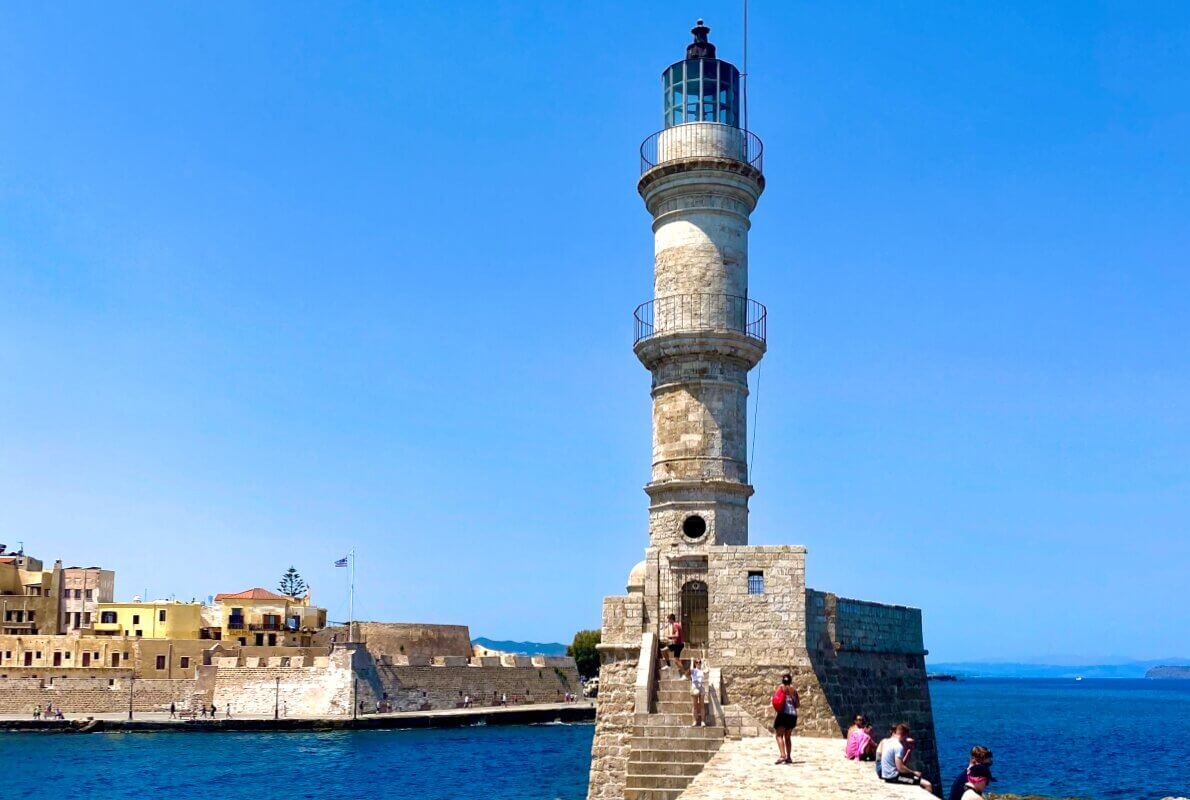Crete, the largest of the Greek islands, is a captivating destination that seamlessly blends ancient history with modern development. The island’s architectural landscape is a testament to its rich and varied past, showcasing influences from the Minoan civilization, Byzantine era, Venetian rule, Ottoman period, and modern Greek state. Exploring Crete’s architectural wonders offers a fascinating journey through time, revealing the island’s cultural heritage and its evolution into the present day. This guide highlights some of Crete’s most remarkable architectural sites, from ancient ruins to contemporary marvels.
Ancient Ruins: A Glimpse into the Minoan Civilization
1. Knossos Palace: The Palace of Knossos, located near Heraklion, is the most significant Minoan archaeological site in Crete. Dating back to around 2000 BCE, Knossos is considered Europe’s oldest city and the ceremonial and political center of the Minoan civilization.
- Features: The palace complex includes royal quarters, storerooms, ceremonial rooms, and an intricate labyrinth of corridors. Notable features include the Throne Room, the Grand Staircase, and the vibrant frescoes depicting Minoan life and mythology.
- Significance: Knossos provides invaluable insights into the Minoan culture, with its advanced architectural design, complex drainage system, and stunning artwork.
2. Phaistos Palace: Located in the fertile Mesara Plain, the Palace of Phaistos is another major Minoan site. It is known for its architectural sophistication and the discovery of the enigmatic Phaistos Disc, a clay disc inscribed with undeciphered symbols.
- Features: The palace boasts a grand central courtyard, a theatrical area, and extensive storage facilities. The layout and construction techniques reflect the Minoans’ architectural prowess.
- Significance: Phaistos offers a glimpse into the administrative and ceremonial aspects of Minoan life, complementing the findings at Knossos.
Byzantine and Venetian Influence: Fortresses and Churches
3. Fortezza of Rethymno: The Venetian Fortezza, located in Rethymno, is one of the island’s most impressive fortifications. Built in the 16th century to protect against Ottoman invasions, the fortress dominates the town’s skyline.
- Features: The Fortezza includes bastions, a central square, a church, and stunning views of the sea and the old town. Its thick walls and strategic design showcase Venetian military architecture.
- Significance: The fortress reflects the island’s strategic importance and the Venetian efforts to safeguard Crete from external threats.
4. Arkadi Monastery: The Arkadi Monastery, situated near Rethymno, is a symbol of Cretan resistance against Ottoman rule. Founded in the 16th century, the monastery played a crucial role during the Cretan revolt in 1866.
- Features: The monastery features a baroque church, a central courtyard, and defensive walls. Its architecture combines Venetian and Byzantine elements, reflecting its historical significance.
- Significance: Arkadi Monastery is a national symbol of sacrifice and resistance, commemorated annually on November 8th.
Ottoman Legacy: Minarets and Mosques
5. Neratzes Mosque: Originally a Venetian church, the Neratzes Mosque in Rethymno was converted into a mosque during the Ottoman period. Today, it serves as a music conservatory.
- Features: The mosque retains its impressive minaret and architectural elements from both its Venetian and Ottoman phases. The interior is used for concerts and cultural events.
- Significance: Neratzes Mosque exemplifies the architectural transformation and cultural layering that Crete experienced under different rulers.
Modern Marvels: Contemporary Architecture
6. Heraklion Archaeological Museum: The Heraklion Archaeological Museum is a modern architectural gem that houses the world’s largest collection of Minoan artifacts. The museum’s design complements its historical exhibits, providing a sleek and functional space for visitors.
- Features: The museum includes spacious exhibition halls, state-of-the-art facilities, and a minimalist design that highlights the artifacts.
- Significance: The museum bridges Crete’s ancient past with contemporary design, offering an immersive experience for history enthusiasts.
7. Goulandris Natural History Museum: Located in Heraklion, the Goulandris Natural History Museum showcases Crete’s biodiversity and geological history. The museum’s modern architecture incorporates sustainable design principles.
- Features: The building features interactive exhibits, an earthquake simulator, and educational spaces. Its design emphasizes environmental consciousness and energy efficiency.
- Significance: The museum represents the island’s commitment to preserving its natural heritage while embracing modern sustainability practices.
Conclusion
Crete’s architectural wonders provide a captivating journey through the island’s history, from the ancient Minoan palaces to contemporary museums. Each site reflects the cultural and historical influences that have shaped Crete over millennia, offering visitors a unique perspective on the island’s evolution. By exploring these architectural marvels, one gains a deeper appreciation for Crete’s rich heritage and its enduring spirit. Whether wandering through ancient ruins, admiring Venetian fortresses, or experiencing modern museums, Crete’s architectural landscape is a testament to its vibrant past and dynamic present.


